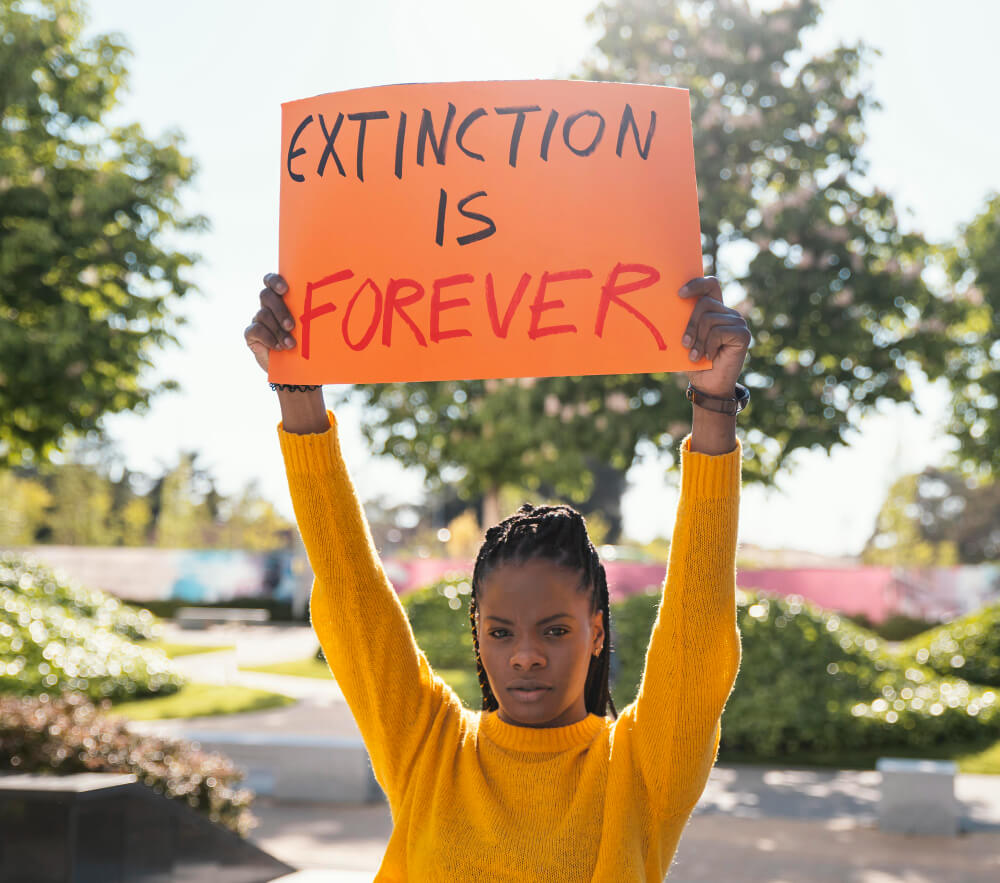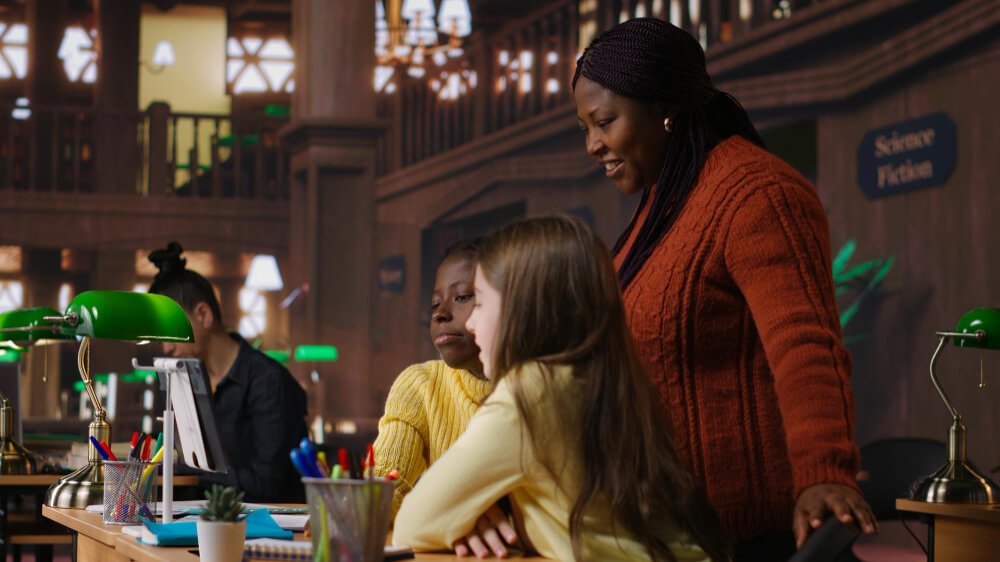Miss Maria Wilman was the very first curator of the museum, and took care of the daily running of the museum from 1908 to 1947. She managed to develop the museum through her interest in archaeology and botany, and had also studied chemistry, geology and mineralogy. Curators who took up the position after Wilman used the foundations she had instilled to grow the museum into a fascinating site with numerous interesting exhibits. The McGregor Museum functions mainly as a natural and cultural research institute. It has a breathtaking collection of exhibits, which includes ethnography, rock art, a botanical herbarium, geology and paleontology collections. Their historical archives consist of recordings, various documentation and photographs for visitors to view. The general history section depicts the past struggles of the country as a whole. The intriguing museum offers educational tours for tour groups and schools on request.
Due to the ever growing collections of the museum, it has changed locations numerous times and now boasts various branches of the museum. After visiting the main McGregor Museum, visitors are invited to browse through their other branches, which include Rudd House, the Wildebeest Kuil Rock Art Centre, Magersfontein Battlefield Museum, Dunluce House, Wonderwerk Cave, the Duggan-Cronin Gallery and the Pioneer of Aviation Museum. The Wonderwerk Cave is located outside of Kimberley, near the town of Kuruman, but all the branches of the McGregor Museum are worth visiting. The McGregor Museum offers a magnificent insight into the history of the town, its development over the years and the spectacular natural wonders that the town has to offer.










